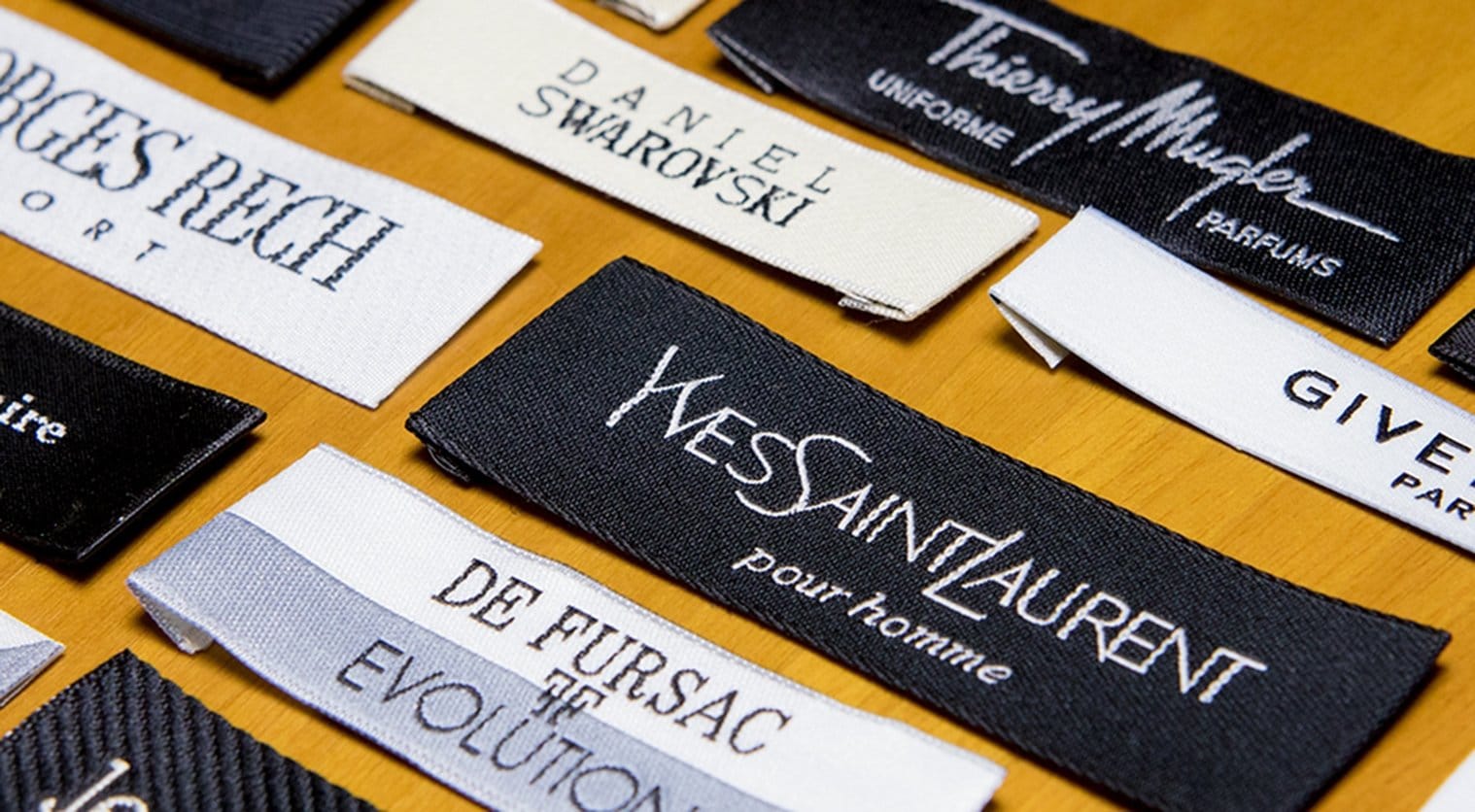In some of the world’s most difficult situations, sport and athletic wear are pushing through. Your clothes must survive a much more complex environment, from sub-zero ski slopes to high-frozen sports tracks, and even on the open seas than most casual and work wear labelling. All factors that textile products have to tolerate would be extreme friction, abrasion, humidity and stretching. In various cases, we can tell you which label suit you well.
Silicone Outside, Woven Inside: Ski & Expedition wear
Silicone labels are a smart alternative if you’re struggling with sub-zero temperatures and damp weather. Silicone is a fully waterproof coating that can withstand intense cold and heat, but even though it’s on a soaking wet jacket in an apres-ski bar, the branding would look bright and crisp.
Silicone labels aren’t essential for internal labels on ski jackets and salopettes; satin-woven and printed labels are preferable. And if they come into close contact with the wearer’s skin, they won’t irritate it. Please be aware that silicone labels should be kept as far as possible from those places of high mobility in your garment if you are using a labelling package for polar expeditions. Silicone does not freeze at comfortable temperatures, but it does stiffen as temperatures drop from -40° to -60° C.
Printed Woven labels for Cycling, Rowing, Yoga, and Athletics wears
In a high-movement area, you’re usually making direct contact with the wearer’s skin while dealing with lycra-type activewear. A satin-woven printed wash care label at the hip and a seam-stitched satin woven label at the neckline are usually all that’s required for skin-tight sportswear.
Suppose you want woven labels for stretchy activewear. In that case, we can do that, but depending on the place you’re trying to brand, you may be better off incorporating graphics with dye sublimation or embroidery. You won’t produce too much rigidity by border-stitching a woven badge onto a stretchy garment, but you risk warping the fabric and creating excessive chafing.
Woven labels for Scuba & Swimming wear
You’ve always learned that after bathing in saltwater, like the sea, you can still wash your swimming trunks in freshwater. There’s a valid explanation for this: as you hang your togs to dry, seawater evaporates, leaving tiny salt crystals behind. These salt crystals usually lodge inside the fibres of your clothing and may serve as sandpaper, breaking down silk and rubbing off inks in a limited amount of time.
A woven label is your best bet if you’re making swimwear, scuba equipment, sailing clothes, or some other commodity that exposed to saltwater. These tiny salt crystals may rub off the printed label, but the design is incorporated into the fibres themselves on woven labels (Click here to know more about difference between printed and woven labels)
Washing Instructions for Engineered Fabrics
Since activewear usually is made of engineered fabric, it’s essential to pay attention to the wash care directions. Like, if your consumer must stop using fabric softeners and must spray the product with a water repellent spray after each wash. Before buying your wash treatment labels, double-check with your retailer whether you’re using a synthetic or blended fabric like nylon or lycra. Just make sure you’re delivering the right advice.
Activewear is a fascinating segment of the fashion industry. The best activewear companies use a combination of sports science and material manufacturing to make a real difference in people’s lives. Griffes Vivienne here to help if you’re developing a garment that will enhance people’s wellbeing and athletic results.


